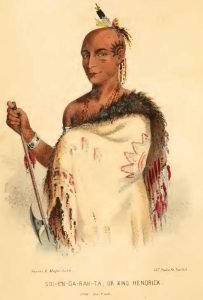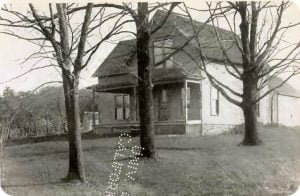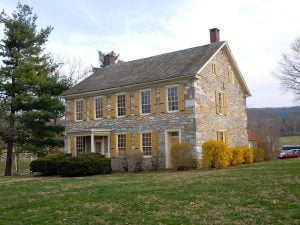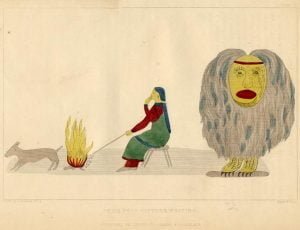Census of the Iroquois in 1844
New York, October 31st, 1845. SIR: In conformity with your instructions of the 25th June last, I proceeded to the several Iroquois reservations therein named, and I have the honor herewith to transmit to you the census returns for each reservation, numbered from I to VIII, and distinguished by the popular name of each tribe, or canton. I. The question of the original generic name, by which these tribes were denoted, the relation they bear to the other aboriginal stocks of America, and the probable era of their arrival, and location within the present boundaries of this State, is one, … Read more




